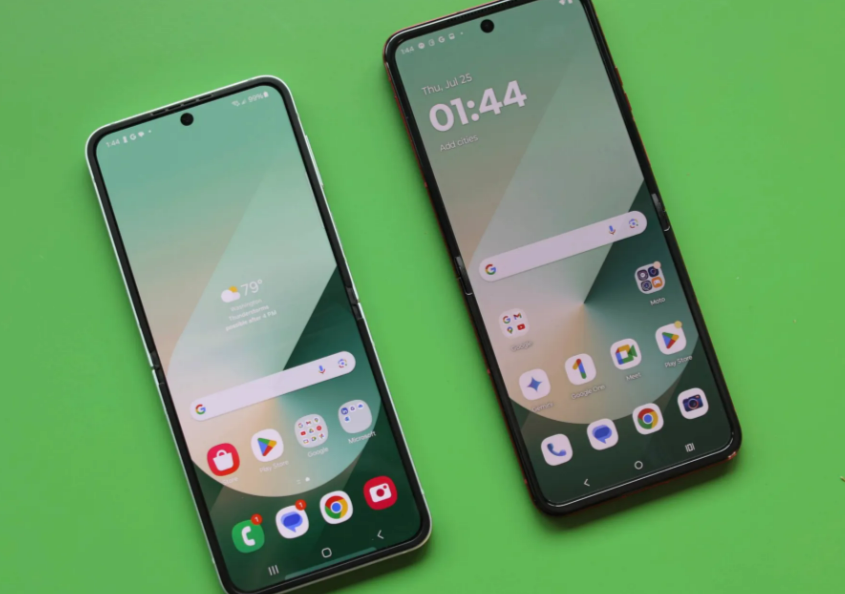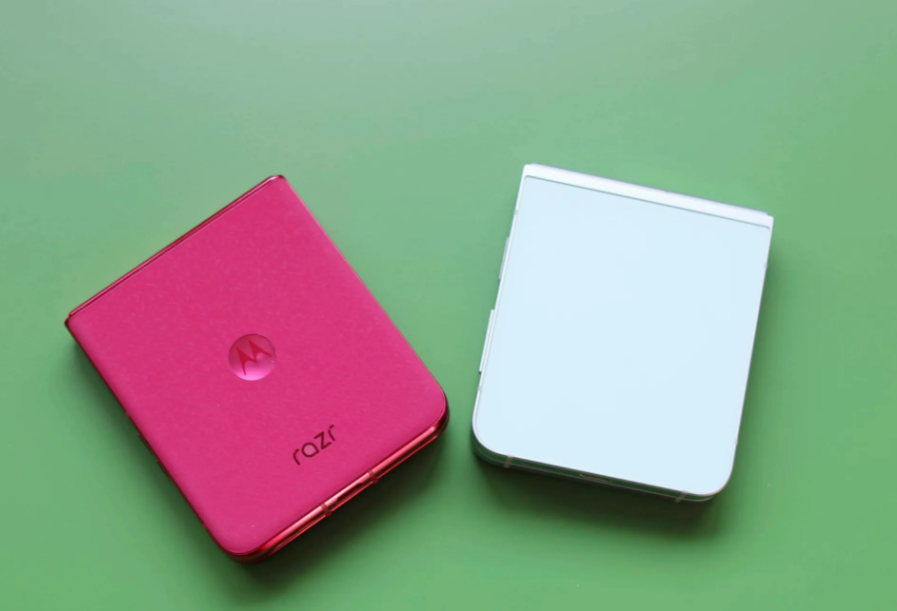Samsung's original Galaxy Flip was the phone that taught me to love foldable devices. Before foldable phones were released, devices were big and bulky like the Galaxy Fold. Rather than prioritizing portability, the goal was to pack as much screen real estate as possible into a pocket-sized design, and in the case of the Fold, the result was huge, even when closed. The Flip's success appears to have caught Samsung by surprise. Despite the advertising support it gave the Fold, the Flip captured 70% of the company's foldable sales in 2021, a year after its initial launch. Portingitivity, combined at a significantly lower price, won the day, helping to catapult Samsung to update deliveries up to 10 million this year.
Samsung is still a gorilla of 500 pounds, but the success of the company has made this category much less lonely in recent years. The increase in competition has improved the market and not only brought various devices, but also forced KINGPIN to reconsider some of its own orthodox.The recent vintage is a decision to extend the narrow front screen. It's not a huge difference (neither the Z Fold 6 nor the Z Flip 6 were that different), but perhaps this is a response to the comments about the always awkward aspect ratio. On a device like the Fold, the sheer novelty alone is enough to keep consumers interested for a few years. But when it comes to consumer electronics, attention spans are short: the luster of pioneering fades after generations of refinement. That's doubly true when competitors like the Pixel Fold and Google's OnePlus Open bring new ideas to the table.

But one of the most fascinating competitors has emerged from an unexpected place in the mobile world. When Motorola's foldable Razr was announced a few months after Samsung's first Fold went on sale, I'll admit that I ignored it. This was a novelty in itself: the exclusivity of introducing a popular but long-defunct brand to a new device. It felt like a cynical product of Hollywood’s reboot era.
The Razr 2020’s reception didn’t improve because, like the first Fold, it arrived half-baked. The features are by no means justified by the $1,200 price tag, and the folding mechanism itself still leaves room for improvement. For a while, it seemed like the entire foldable category was flying under the radar. So far, foldables haven't been a factor in slowing smartphone sales, and the form factor is still thriving: According to Counterpoint Research, the global foldable device market grew 49% year-on-year in Q1 2024. Huawei, an early entrant in a sector where growth has slowed significantly due to issues with the U.S. and other governments, overtook Samsung for the first time to post a record quarter. Huawei is still banned from selling in the U.S., but it grew 257% year over year in the quarter. The expedition was a major indigenous Chinese, China, and was drawn out of the long -awaited LTE with a shape coefficient to 5G. Motorola, a other Chinese company, has grown significantly at 1,473 % of breathing around the world. Samsung was down 42% for the quarter, but maintained its No. 2 position globally with 23% of the total market.

The Fold/Flip 6 and Motorola Razr+ are both too new to have a significant impact on quarterly shipments, but I expect both models to see significant growth relative to cheaper devices. Samsung's biggest challenge right now is finding ways to maintain the category's appeal. Gaining market share is no longer just about education. The company needs to convince non-foldable owners that it's time to take the plunge and encourage existing customers to upgrade, which won't be an easy task with the Fold and Flip starting at $1,900 and $1,100, respectively.
The Flip 6 still beats the Razr+ in imaging, an area where Samsung has long excelled. But Motorola has learned from its early mistakes and delivered a fantastic folding experience, the design is great and the nearly bezel-less 3.6-inch front-facing display looks fantastic. But Motorola's real secret weapon is the price. At first glance, $1,000 doesn't seem like a lot, but there are still discounts on the phone. It was released earlier this week with a $100 discount, while its 2023 predecessor is currently available to buy on Amazon for $600. Meanwhile, Samsung is reportedly working on a more affordable version of the Fold due for release later this year, but the company may have been hesitant about it, which is a shame, because Samsung is no longer the only game in town, and the next real innovation in foldable devices will be affordability.

.png)








